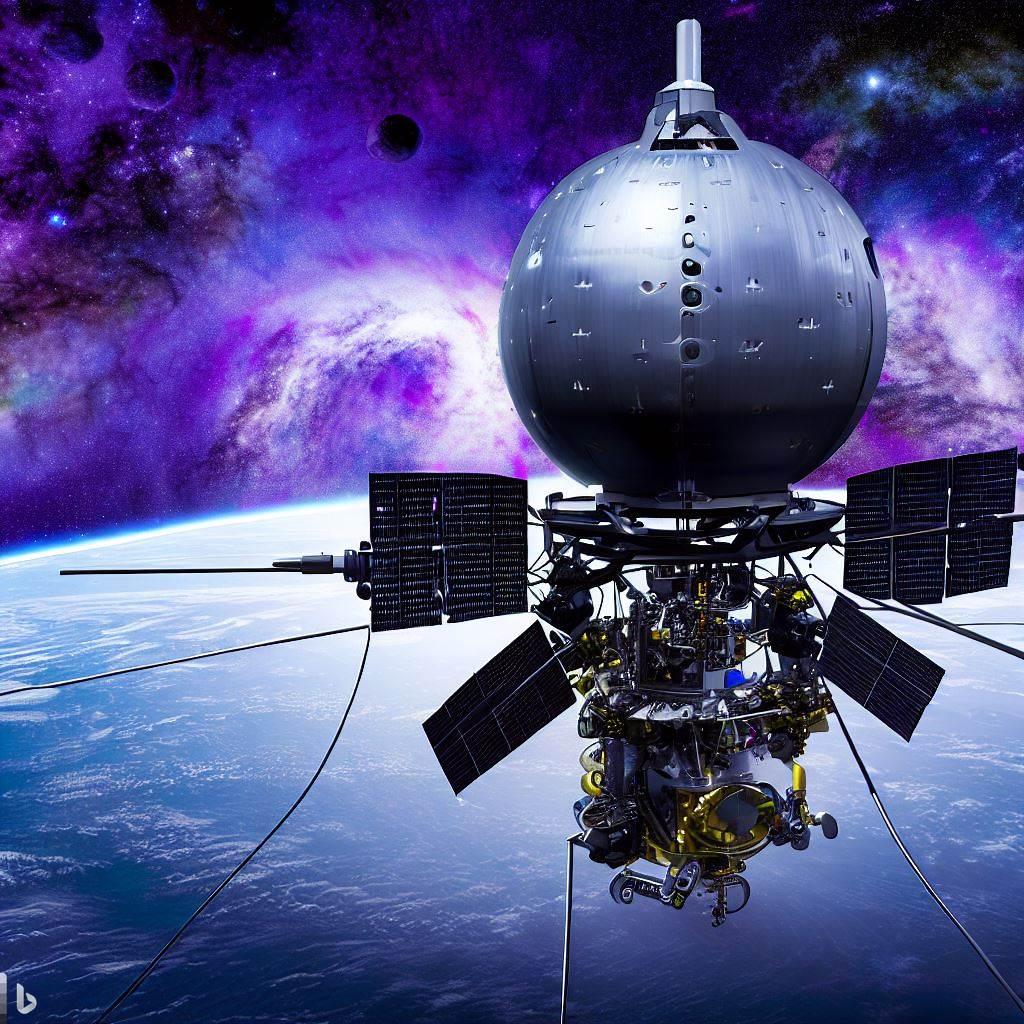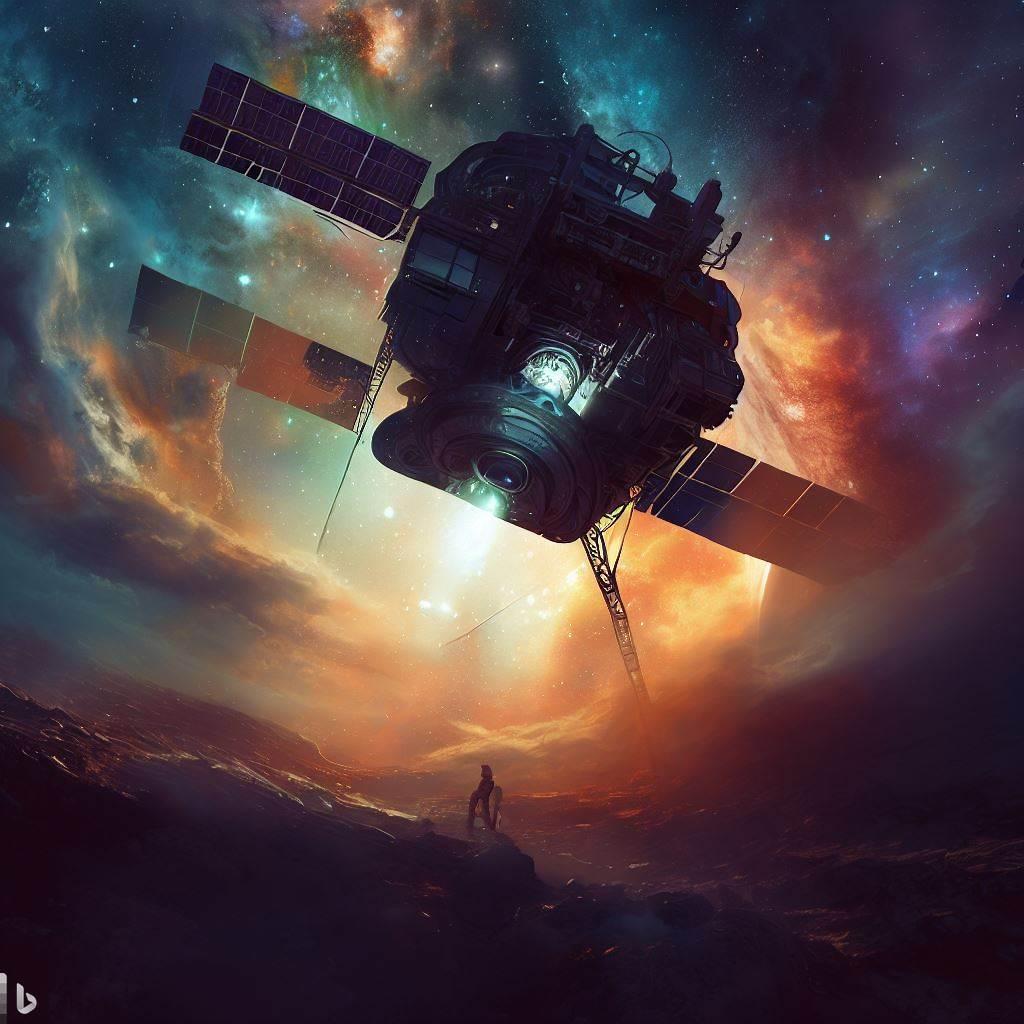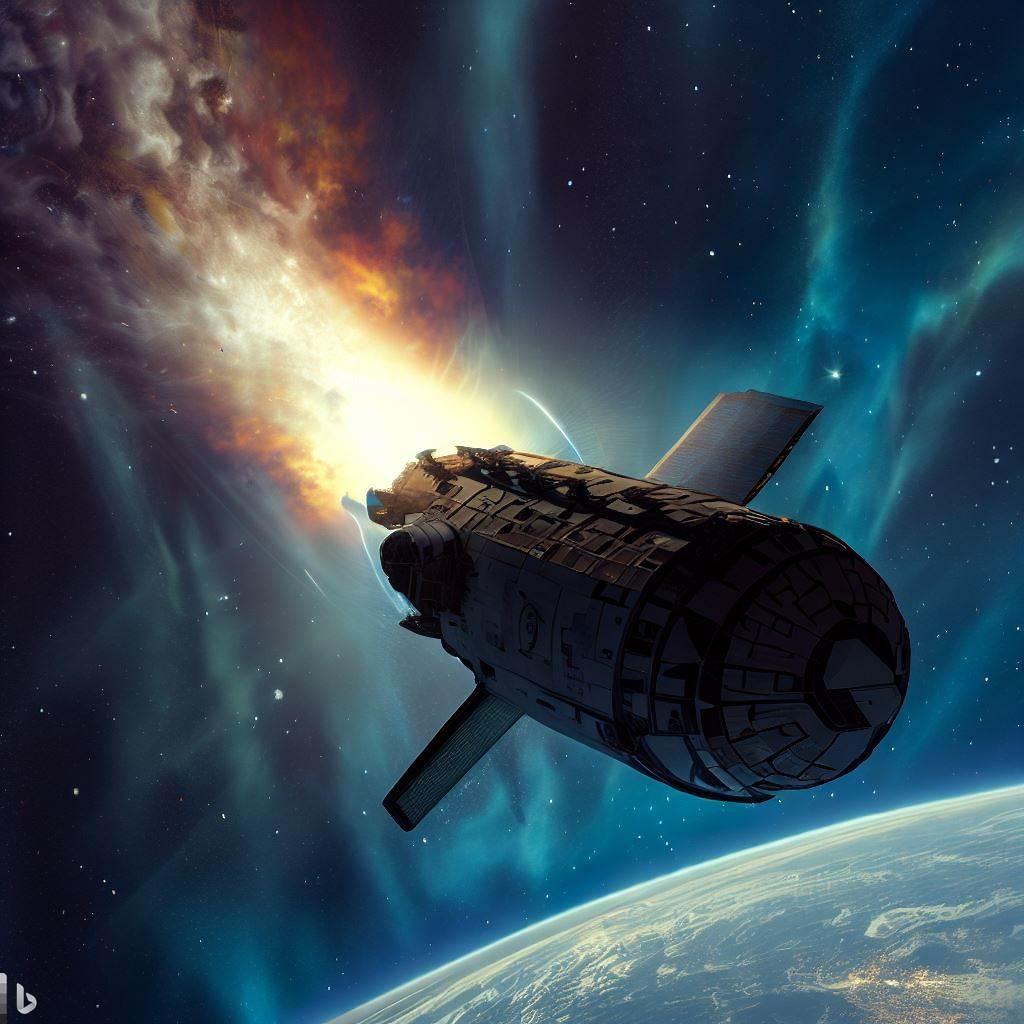Space technology is one of the most exciting and dynamic fields of science and engineering. Every month, there are new discoveries, inventions, and applications of space technology that can change the world for the better. In this article, we will highlight some of the most impressive and interesting advancements in space technology that happened in the past month.
NASA’s Lucy Mission: A Journey to the Trojan Asteroids
One of the most ambitious and unique missions in space technology is NASA’s Lucy mission, which aims to explore the Trojan asteroids, a group of small rocky bodies that share Jupiter’s orbit around the Sun. Lucy is scheduled to launch on October 16, 2021, from Cape Canaveral Space Force Station in Florida.
Lucy will be the first spacecraft to visit the Trojan asteroids, which are thought to be remnants of the primordial material that formed the outer planets. Lucy will fly by eight different asteroids, six of which are Trojans, over a 12-year period. Lucy will study the diversity, geology, composition, and history of these ancient objects, which could shed light on the origins and evolution of our solar system.
Lucy will carry a suite of scientific instruments, including cameras, spectrometers, and a thermal emission imager, to collect data and images of the asteroids. Lucy will also carry a plaque with messages from prominent figures in science, art, and culture, as well as a 3D model of Lucy’s skeleton, a fossil of an early human ancestor that inspired the mission’s name.
Lucy is a groundbreaking mission for space exploration and science. It will help us understand how our solar system came to be and how it changed over time. It will also showcase the diversity and complexity of the asteroid population, which could have implications for planetary defense and resource utilization.
China’s Tianzhou-3 Mission: A Cargo Delivery to the Tiangong Space Station
Tianzhou-3 is the third cargo spacecraft developed by China for its space station program. Tianzhou-3 carries about 6 tons of cargo, including food, water, fuel, experiments, and two robotic arms. Tianzhou-3 will dock with the Tianhe core module of the Tiangong space station, where three Chinese astronauts are currently residing as part of the Shenzhou-12 mission.
Tianzhou-3 is an essential mission for China’s space station program, which aims to complete the construction and operation of a modular orbital outpost by 2022. The Tiangong space station will serve as a platform for scientific research, technological development, and international cooperation in space. China plans to launch more cargo and crewed missions to the Tiangong space station in the coming months.
SpaceX’s Inspiration4 Mission: A Historic All-Civilian Orbital Flight
A remarkable achievement in space technology is SpaceX’s Inspiration4 mission, which sent four civilian astronauts into orbit for three days on September 15, 2021. The launch took place from NASA’s Kennedy Space Center in Florida.
Inspiration4 is the first orbital flight to feature an all-civilian crew, without any professional astronauts on board. The crew consists of Jared Isaacman, a billionaire entrepreneur who funded and commanded the mission; Hayley Arceneaux, a childhood cancer survivor and physician assistant; Sian Proctor, a geoscientist and educator; and Chris Sembroski, a data engineer and veteran. The crew was selected to represent four pillars of the mission: leadership, hope, generosity, and prosperity.
Inspiration4 is also the first orbital flight to use SpaceX’s Crew Dragon spacecraft without docking with the International Space Station (ISS). Instead, the spacecraft orbited Earth at an altitude of about 575 kilometers (357 miles), higher than both the ISS and the Hubble Space Telescope. The spacecraft featured a glass dome window that offered stunning views of Earth and space to the crew. The spacecraft also carried various payloads for scientific research and charitable causes.
Inspiration4 is a historic mission for space tourism and exploration. It demonstrates that ordinary people can access space safely and affordably with private companies like SpaceX. It also inspires people around the world to pursue their dreams and passions in space. It also raises awareness and funds for various humanitarian issues such as childhood cancer treatment and environmental conservation.
Conclusion
These are some of the new and interesting advancements in space technology that happened in the past month. These advancements show how space technology can be used for various purposes, such as scientific discovery, technological innovation, and social impact. These advancements also show how space technology can be accessible, diverse, and beneficial for everyone.
We hope you enjoyed reading this article and learned something new about space technology. If you have any questions or comments, please feel free to contact us. We would love to hear from you.









Add a Comment: